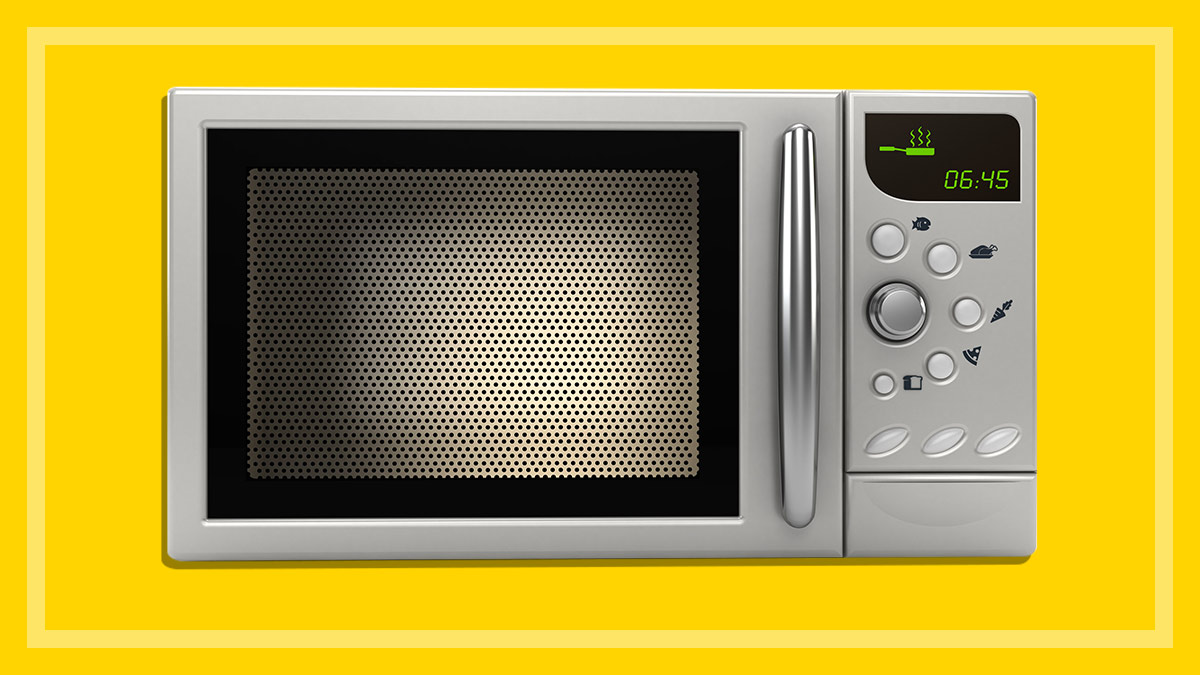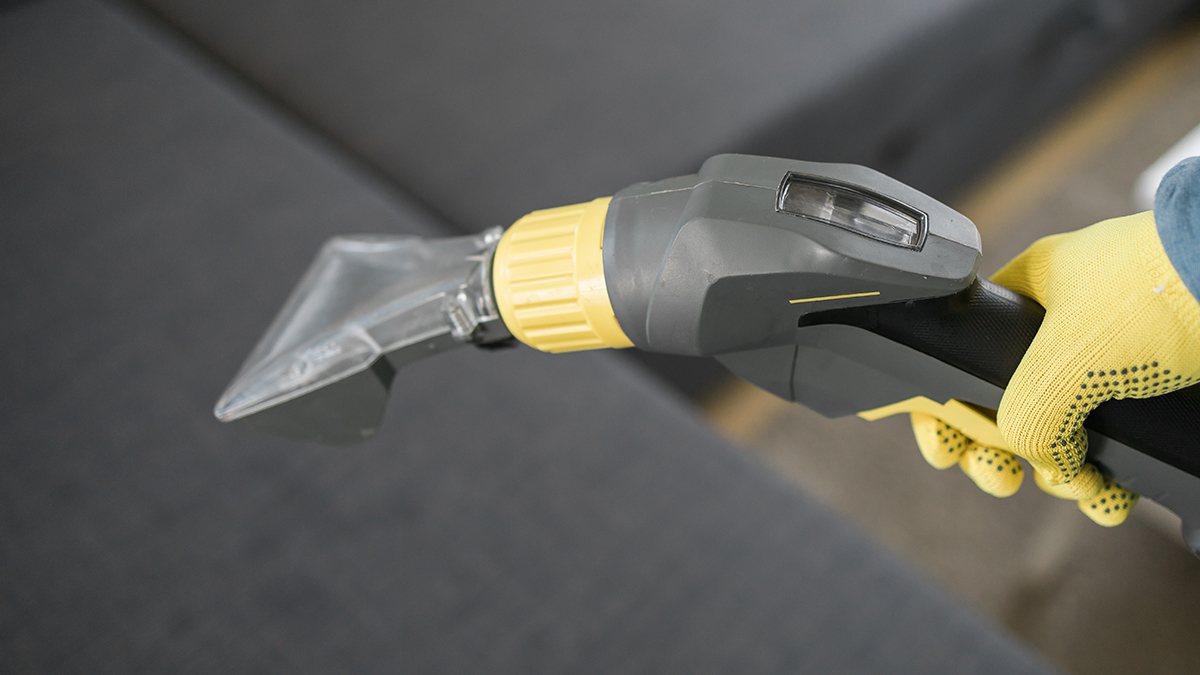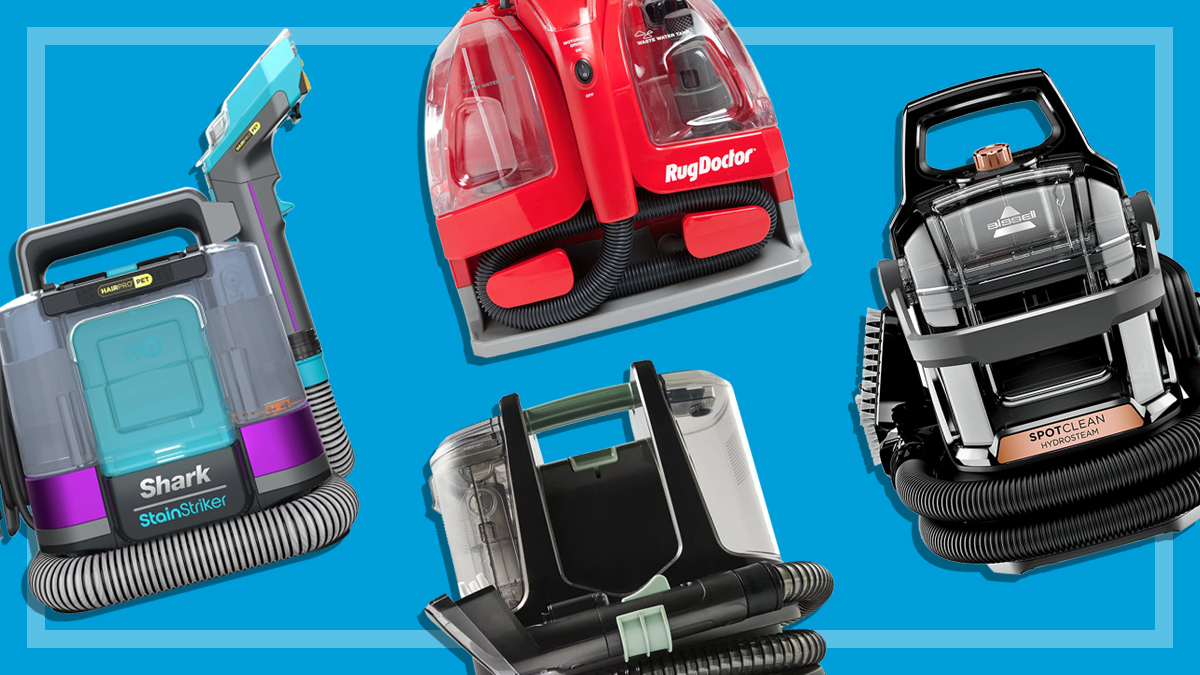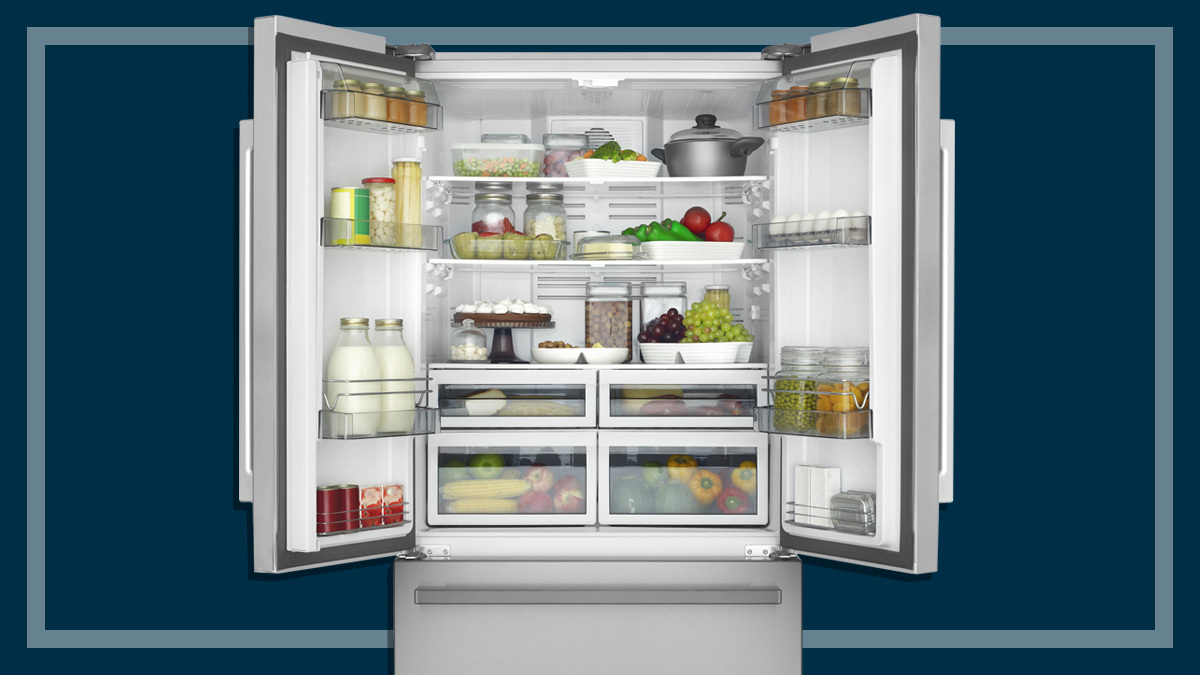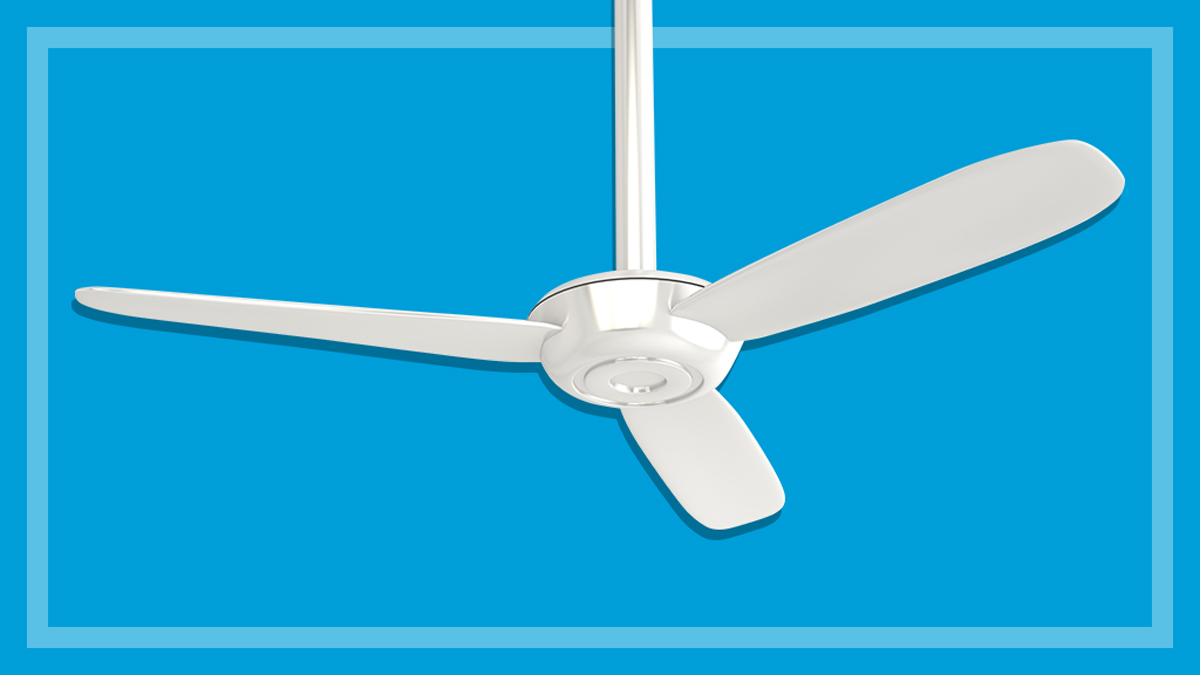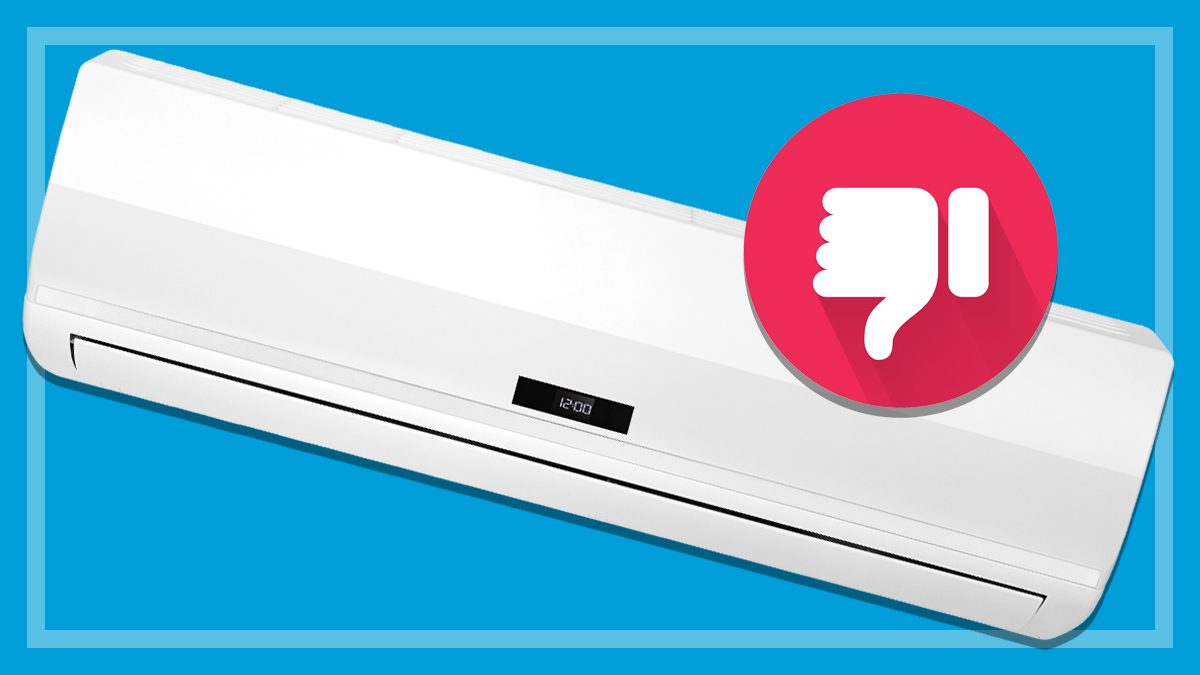Get our independent lab tests, expert reviews and honest advice.
Flatbed vs turntable microwaves – which is best?
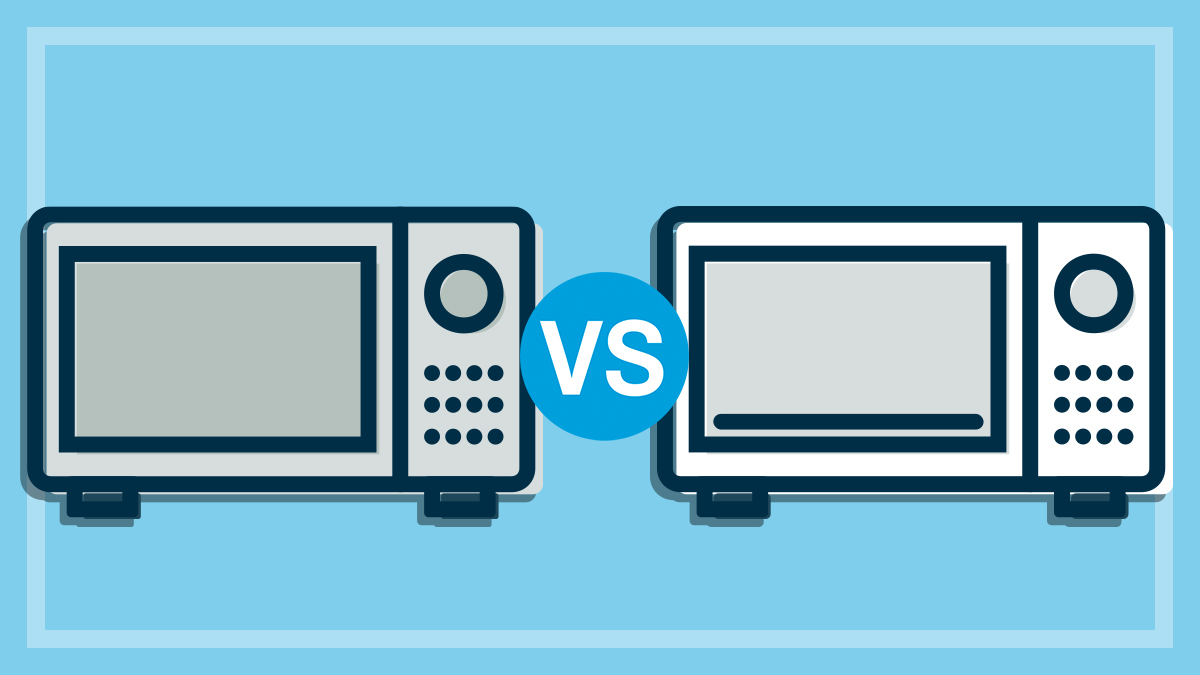
In many households, microwaves are a kitchen staple, used to quickly reheat leftovers, defrost frozen foods and cook or steam rice and vegetables. Not much has changed over the years to the look of the humble microwave but new technology has introduced features and designs that aim to improve performance and convenience.
Functionality like inverter technology and sensor programs aim to improve performance and provide even heating, but in terms of design, there are two main types: turntable or flatbed.
On this page:
- Flatbed and turntable microwave – what's the difference?
- Which microwave performs better – turntable or flatbed?
- Are flatbed microwaves more expensive than turntable microwaves?
- Is a flatbed microwave easier to use than a turntable microwave?
- Do I need a flatbed microwave?
Both designs serve the same purpose – to reheat, defrost and cook food – but they differ in how they operate and how easy they are to use.
Here we explain the pros and cons of turntable and flatbed microwaves as well as how they perform in our testing to help make shopping for one easier.
Flatbed and turntable microwave – what’s the difference?
From the outside you can’t tell, but once you open the door you’ll realise that a flatbed microwave doesn’t have a turntable (the circular glass plate in the middle of the microwave that rotates the food around while it cooks), which is a prominent feature in regular microwaves.
Flatbed microwaves
You’re probably wondering: how does a flatbed microwave heat evenly if it doesn’t have a turntable to rotate the food around?
Flatbed models have a rotating microwave antenna that lies underneath the base of the microwave, which works to distribute the micro waves that are cooking your food. Ditching the turntable creates a flat, stable cooking surface and means you won’t have to worry about your plates hitting the side of the microwave as the turntable moves. It also means you’ll get extra cooking volume and have flexibility with the size and shape of the dishes and plates you can use.
If you think about the way you place your cups or baking dishes in the microwave (like keeping a handle within easy reach) and want them to stay in the same position so they’re not awkward to remove, then a flatbed microwave is the better option.
A flatbed microwave is also generally easier to clean, as you don’t need to remove the turntable and rotating spindle, and there are fewer grooves and places for food grime and splashes to accumulate.
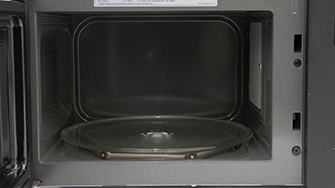
Turntable microwaves
Traditional microwaves have a turntable, a glass plate that sits in a rotating spindle and spins your food to achieve even heating. They are the most common and widely available type of microwave.
With one of these microwaves, it’s more important to consider the usable internal space before you buy as you’ll be limited on the size and shape of dishes you can use. If they’re too big, they may hit the side of the microwave when the turntable spins.
You’ll also need to remove the turntable for cleaning and take care not to drop or damage it. Finding a replacement might prove tricky and can warrant the microwave unusable. The base of these microwaves also aren’t a flat surface like a flatbed microwave. While these crevices act as a provision for internal spillages, they’re not as easy to wipe out as a flatbed surface.
Price range: $200 – $389
Cooking performance range: 80% – 92%
Ease of use range: 58% – 76%
Pros: No turntable, more cooking space, flexibility with size and shapes of dishes, easier to clean the interior, good option for large families.
Cons: Less brands and options to choose from.
Turntable microwaves
Price range: $49 – $3199
Cooking performance range: 69% – 96%
Ease of use range: 48% – 79%
Pros: Widely available in a range of brands and price points, good option for simple reheating jobs.
Cons: Care needs to be taken when handling the glass turntable, not as easy to clean the interior, usually more cracks and crevices to clean around.
Note: Prices, cooking performance and ease of use scores are based on the models we’ve tested.
Which microwave performs better – turntable or flatbed?
There’s much more to microwave performance than whether it has a turntable or not. Auto-cook, auto-defrost and sensor functionality play a much more important role when it comes to getting great results from your microwave.
CHOICE kitchen expert Fiona Mair has been testing microwaves in our kitchen labs for years. Our recent review includes over 40 microwaves, and there are both flatbed and turntable models that Fiona rates highly on performance and functionality to meet our recommended criteria.
“You should look for a microwave with well-designed sensors, auto-cook functions and good visibility as well as good ease of use rather than just flatbed or turntable designs,” says Fiona.
“If you’re interested in a flatbed microwave, our testing finds that inverter technology and sensor cook functionality are particularly important features to look for.”
In our testing, performance scores for the flatbed microwaves we’ve tested range from 80% to 92%. In comparison, performance scores for the turntable microwaves we’ve tested range from 69% to 96%.
Are flatbed microwaves more expensive than turntable microwaves?
When it comes to buying a microwave, you’ll usually pay more for certain brands, larger internal capacities and design features, so it’s important to consider what features are important to you.
Flatbed microwaves aren’t necessarily more expensive than ones with a turntable. However, if you combine features like inverter technology, convection heating and built-in design, you’ll see the price tag increase.
We’ve tested six flatbed microwaves from Breville, Panasonic and Sharp that range in price from $200 to $389.
In comparison, the majority of the models we’ve tested with a turntable range in price from $49 to $450. There are a few that cost more, and a couple that are into the thousands, but these are usually built-in type models.
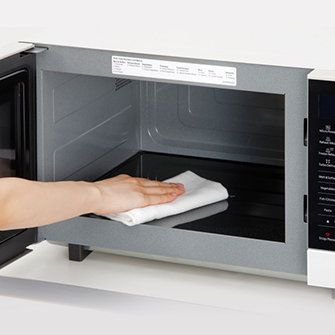
Is a flatbed microwave easier to use than a turntable microwave?
When testing microwaves, CHOICE experts look at more than how well they cook your food, defrost your chicken and melt your chocolate. We also give each model an Ease of Use score that rates how easy each model is to clean and whether the controls are intuitive and easy to operate.
Our experts also check if the instructions provided are clear and easy to follow and the effectiveness of the viewing window and internal light.
When it comes to ease of cleaning, flatbed models are the clear winner. No turntable means they’re easy to wipe out (unless you’ve let grime build up, which will need more elbow grease to remove).
The flatbed models we’ve tested range from 58% to 76% for their ease of use. Four of the six models we’ve tested rate only OK for their ease of use. While they had interiors that were easy to wipe out and clean, these mediocre results relate to issues like poor visibility through the door and controls that could be more intuitive without having to use the instruction manual.
The turntable microwaves we’ve tested have ease of use scores that range from 48% to 79%. Our experts also encountered visibility issues through the door and unintuitive controls but cleaning is also a pain point with these microwaves.
Having to remove the turntable and rotating spindle and clean around various crevices makes these microwaves more of a chore to clean.
Do I need a flatbed microwave?
Whether you opt for a flatbed microwave or a turntable model really comes down to how you plan to use it and how many people you’re preparing food for.
If you’re cooking for a larger family and usually use big dishes, a flatbed microwave may be more suitable for you. You’ll get extra space and more flexibility to use larger dishes. If cleaning is also a pain point and you want minimal fuss and less moving parts to deal with when cleaning, then a flatbed is also the way to go.
If you aren’t planning to use your microwave often and will mainly use it for reheating leftovers then one with a turntable will suit you fine. You’ll also have more options to choose from in terms of brands and price points.
CHOICE experts have reviewed a variety of both traditional microwaves and convection microwaves to help you find the option that’s right for you and your budget. CHOICE members have exclusive access to our detailed reviews of products and services across over 200 categories.

